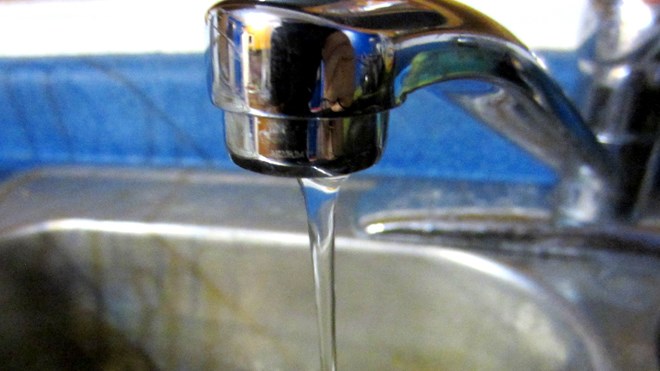The prospect of contaminated water getting into the city's drinking supply is behind a proposed bylaw headed to the city's operations committee next week.
The move is driven by provincial legislation, the Safe Drinking Water Act, which requires municipalities to ensure “all water provided by the system to the point where the system is connected to a user’s plumbing system meets the requirements of the prescribed drinking water quality standards.”
The legislation was part of the fallout from the Walkerton tragedy, as well as an incident in Stratford in 2005. In that case, wastewater from a local carwash backflowed into the city's water supply.
“A Stratford resident contacted the municipal works department when she discovered pink-coloured water coming from the taps in her home,” said a release from the Ministry of the Environment.
The company was fined $75,000 and it took several days to clear the system. As well, 19 people went to hospital after drinking the water, although there were no significant injuries.
The car wash had an illegal cross-connection to the city's water system.
Under certain circumstances – such as when a city's water pressure drops when firefighters are battling a fire – the dirty water can enter the municipal drinking water.
The current bylaw under consideration is aimed at industrial operations that use a lot of water, and multi-residential units.
“While contamination events are admittedly rare, experiences with backflow incidents in Stratford and Walkerton show that once the municipal system is contaminated, it can take weeks to completely remove the contaminants from the drinking water system and restore the potable water supply to a safe condition,” the staff report says. “The public health consequences of such an event can be very significant.”
The bylaw would cover all businesses and residents connected to the city water system, but staff would create a list of higher-risk areas and focus on them first.
“The bylaw will require property owners identified as posing a risk to the municipal drinking water systems to install backflow prevention devices and perform annual testing and maintenance on their backflow prevention devices,” the report said. “It is the responsibility of the property owner to install, test and maintain backflow prevention devices.”
Those owners will also have to file a plumbing survey every five years in case anything has changed that would raise the risk to the water system.
The bylaw requires a full drinking water backflow prevention program for industrial/commercial/institutional and multi-residential property owners.
It will be implemented over 10 years, with properties identified as the highest risk to be addressed in phase 1, and the remaining properties in phase 2 and 3.
Property owners will be notified through a plan that includes brochures and flyers to be mailed out, public information sessions and through social media and the city's website.
Councillors will vote on the bylaw at their May 15 meeting.
